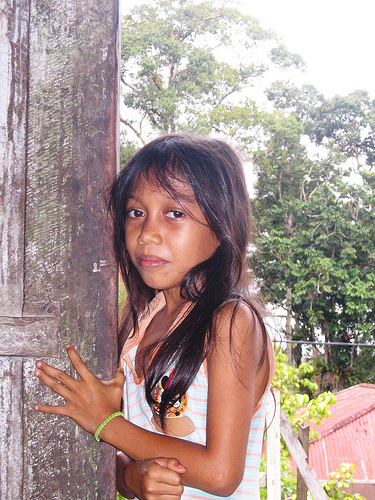
General Issues
Despite the strengths associated with REDD, there are many weaknesses with the program that make its implementation complicated and obtaining a positive outcome very difficult. REDD schemes can oftentimes be implemented in policy but never fully put into practice, in which case it is uncertain whether or not such schemes are actually helping local people and local institutions. Even if schemes are successfully implemented into policy and work well in practice, there is an issue of permanence with the reduction taking place. It is difficult to monitor whether or not the trees or land being saved from destruction will remain unscathed in years to come (CIFOR, 2007). Secure tenure gives local people more control in regards to ties with the government and the private sector, whereas insecure tenure denies them those rights and renders them more susceptible to having their land taken away. Insecure tenure is vulnerable to becoming a major issue with REDD if the program augments land values and increases outside awareness. There have also been many debates about the necessity of REDD to fully recognize the rights of local communities and those of indigenous people. Several other key issues that have yet to be determined include;
- The ways in which to go about financing these schemes,
- How to successfully supervise and monitor each project,
- And ensuring stable forest governance (Cotula and Mayers, 2009).
If these key issues are not resolved, they may promote further deforestation and land degradation. “But whether REDD will benefit–or marginalize forest communities ultimately depends on local to national arrangements about the allocation of benefits within countries. So resource tenure is key” (Cotula and Mayers, 2009: v). Within the challenges of tenure two major points we will be evaluating in our case study are government policies and indigenous land rights. (click for more information)